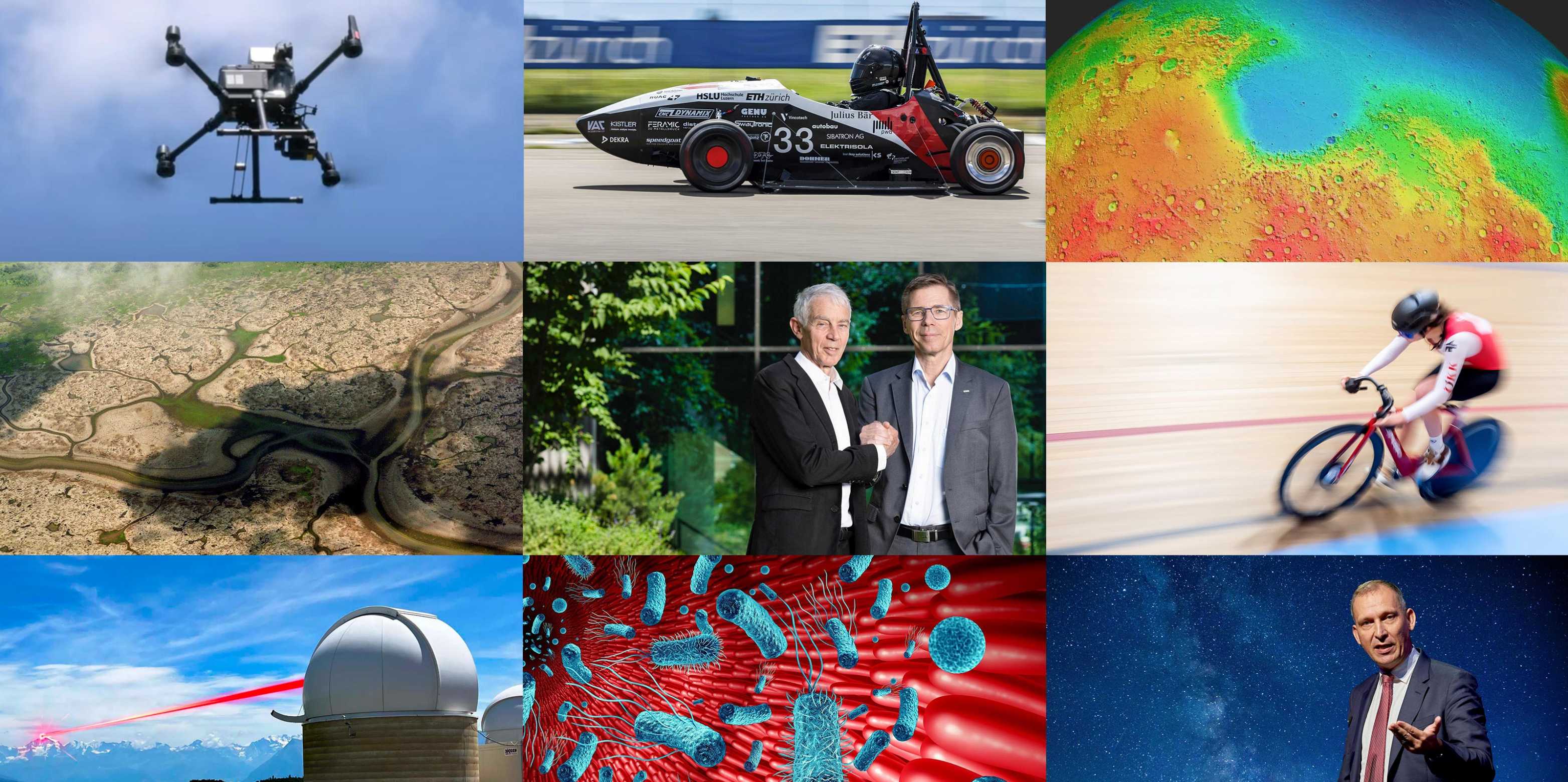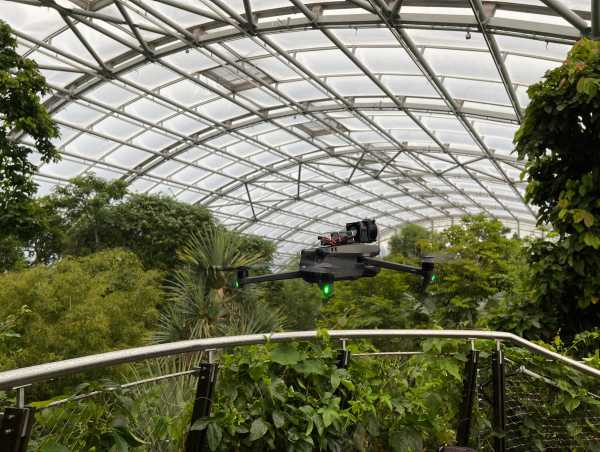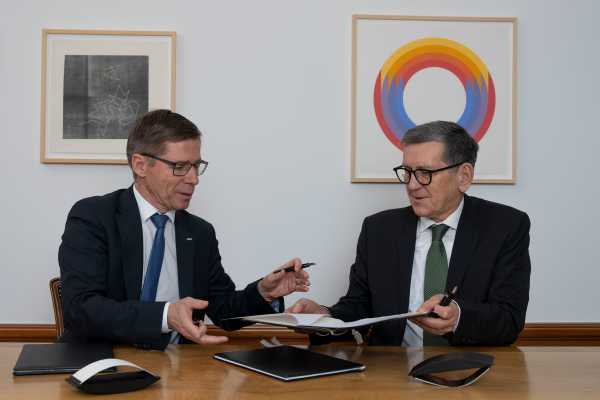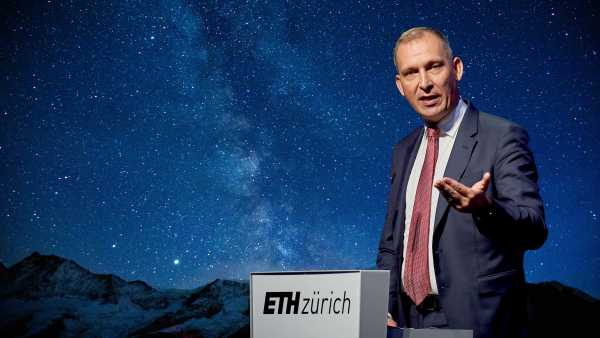Collaboration across research disciplines and with national and international partners leads to a more fruitful search for solutions to the problems of today and tomorrow. In this vein, in 2023 ETH Zurich and the UN confirmed the launch of a new partnership. In the future, ETH researchers will make their expertise more available to the UN, including in the areas of conflict research, development cooperation and food security. And thanks to a sizeable donation from the Dieter Schwarz Foundation, ETH is planning to establish a new teaching and research centre in Heilbronn. Over the next 30 years, 20 new professorships will be created.
In the field of medical research, scientists from ETH and the University Hospital Zurich developed a fully automated test method for multiple myeloma, a type of blood cancer. They are using this method to discover which treatment options provide the best outcome. Meanwhile, ETH material scientists were working with colleagues from Nanyang Technological University Singapore. In the future, they want to use chicken feathers to produce a membrane for fuel cells and thus generate electricity.
ETH Zurich is going to expand its space research activities and its collaboration with the space industry and launch a new interdisciplinary Master’s programme for space science and technology. NASA’s former Science Director Thomas Zurbuchen has been recruited to lead «ETH Zurich Space». Together with partners from the space industry, ETH researchers are already working on broadband internet communication using lasers and satellites.
























